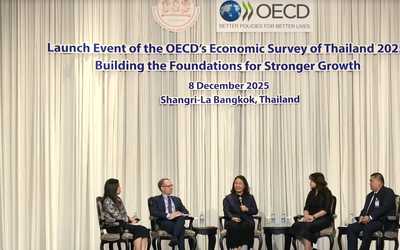Exchange Rate in Emerging Markets: Shock Absorber or Source of Shock?
Abstract
This paper examines the stabilization role of flexible exchange rates for emerging economies within the Latin America and Asia regions. Based on a structural VAR model, we utilize zero and sign restrictions as well as introduce novel exchange rate pass-through restrictions to identify structural macroeconomic shocks. Overall, we find that exogenous exchange rate shocks drive more than half of total exchange rate fluctuations in emerging economies. Despite this predominant role, we find that exchange rates do not act as a source of shocks to the real economy, but instead absorb and reduce output growth and inflation volatilities. We further find that this shock-insulation property is highly shockdependent, where the benefits of flexible exchange rates are most evident for demand and global shocks, while exchange rate movements tend to amplify output growth volatilities in the face of global supply shocks. Also, based on counterfactual analyses, we find that the net benefits of flexible exchange rates as a shock absorber are in general larger for emerging economies in Latin America than in Asia, particularly during crises periods. Finally, while we find that the stabilization role of exchange rates hinges upon the nature of underlying structural shocks, there is also a positive association with structural determinants such as a country’s degree of exchange rate flexibility and trade openness.










